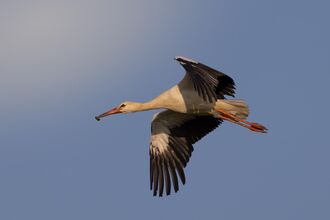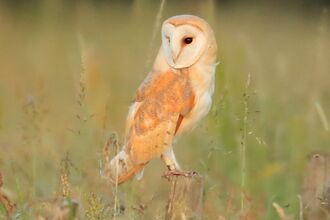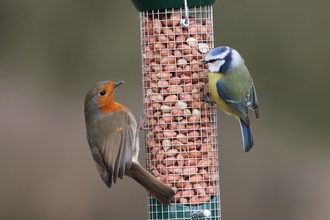Britain’s largest finches are flying over London and southern England in their thousands, providing a stunning opportunity to sight a bird on the Red List of Birds of Conservation Concern.
Hawfinch numbers have declined dramatically over the past half-century, and they have probably not bred in London for at least two decades. They can be hard to spot, even by expert birdwatchers, and recent estimates suggest there are fewer than one thousand breeding hawfinch pairs in Britain.
The numbers now arriving are unprecedented
However, over the past few weeks this beautiful bird with its large conical bill has been seen in a wide variety of London locations, as they fly in from northern Europe.
More than 100 birds have been seen in London since mid-October, at more than 30 locations. They include Regent's Park, Parliament Hill, Richmond Park, Greenwich Park, Alexandra Park, Wanstead Flats, Primrose Hill, and even dense urban areas such as Aldgate and Tottenham.
Tony Wileman, Senior Ecologist for London Wildlife Trust, said: “Every autumn the British hawfinch population increases as birds migrate to Britain from typically colder countries around the Baltic Sea. However, the numbers now arriving are unprecedented – for reasons that are not fully understood. The hawfinch is known to prefer to eat wild cherry stones, cracking them open with its powerful bill, and these mass migrations events, known as ‘irruptions’, are often driven by a lack of food. It could be that wild cherries have failed in parts of Europe where hawfinches are very common, but whatever the reason there is probably no better time to try to find one in your local park or woodland area. They can be found on the tops of trees, so make sure to look up!”
Hawfinches have also been seen at London Wildlife Trust reserves such as Frays Farm Meadows, as well as the newly opened Walthamstow Wetlands.



